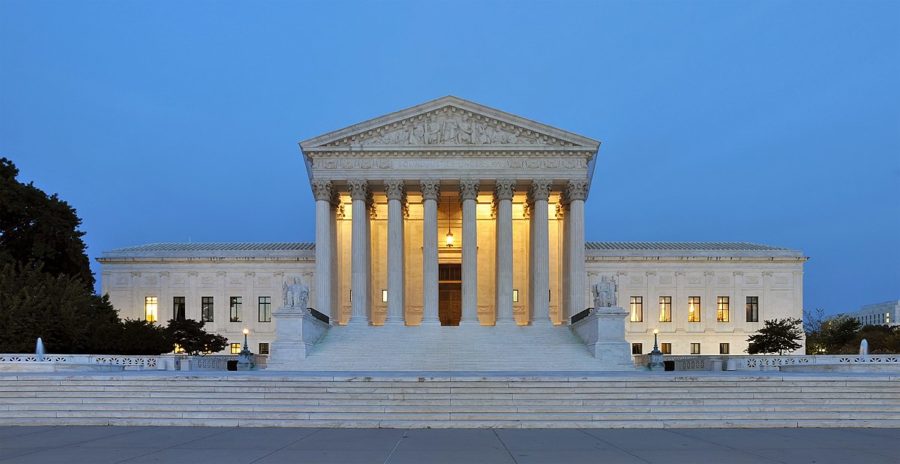Brown: Liberal wins in a conservative Supreme Court
July 13, 2020
When the Supreme Court began its term last October, Liberals had a good reason to be discouraged that many conservative cases would prevail. The Court’s most recent term was the first full-term since Justice Brett Kavanaugh, a loyal Conservative, replaced moderate Justice Anthony Kennedy. It was also the first term where Kavanaugh helped select every case heard by the justices. This set up the court to be one of the most conservative in recent time. However, the astonishing amount of recent liberal wins is due to how cases are brought to the Court by both political parties.
The Supreme Court’s Conservative majority took on a wide variety of cases, ranging from abortion, gun laws, immigration, discrimination and even the Affordable Care Act. In the end, the Court took a far more measured approach than expected. The right to terminate a pregnancy was left intact, although Chief Justice John Roberts signaled it might not survive much longer. Deferred Action for Childhood Arrivals also survived, albeit due to a paperwork error. A historic gun case, expected to expand the Second Amendment greatly, was determined to be moot.
Despite the guarded approach, the current Supreme Court is still extremely conservative. Restrictions were placed on absentee voting, a disaster for voting rights. The Court imposed significant limits on Congress’ ability to investigate politicians, including President Donald Trump. Religious rights activists had several notable victories and the Court allowed challenges on the federal regulation of “Obamacare“ concerning birth control.
But the Court also showed there is some political distance between its representations of the law and the Republican Party’s policy preferences.
One explanation for the Liberal victories is that Conservative advocates got ahead of themselves. “The court’s recent decisions may reflect a change in the cases being considered by the courts rather than a shift in the preferences of the justices,” writes Brendan Nyhan, professor of government at Dartmouth College.
Historically, when the Supreme Court moves to have a more Conservative panel of justices, Conservative advocates are more likely to bring suspect cases and Conservative lawmakers are more likely to enact laws of unreliable constitutionality. This is due to a belief that an ideologically sympathetic court is likely to rule in favor of the right. Meanwhile, more progressive lawyers will be more likely to avoid federal court unless they are sure their arguments are sound. As a result, the Supreme Court tends to hear weak Conservative claims and strong Liberal claims in the same case.
Additionally, at least two modern Supreme Court members, Chief Justice Roberts and Justice Neil Gorsuch, do not always share the same ideological commitments as the other Republican judges. Roberts is less active with movement conservatism than his four Conservative colleagues and Gorsuch’s commitment to a particular method of deciding cases sometimes overrides his conservative preferences.
As long as the Court’s current panel of justices sits, Conservatives have a lot to gain from the Supreme Court at the expense of progressives. However, the recent string of progressive wins does not show a Liberal Court. It shows that Conservatives cannot expect to win every single case, no matter how weak their arguments.







